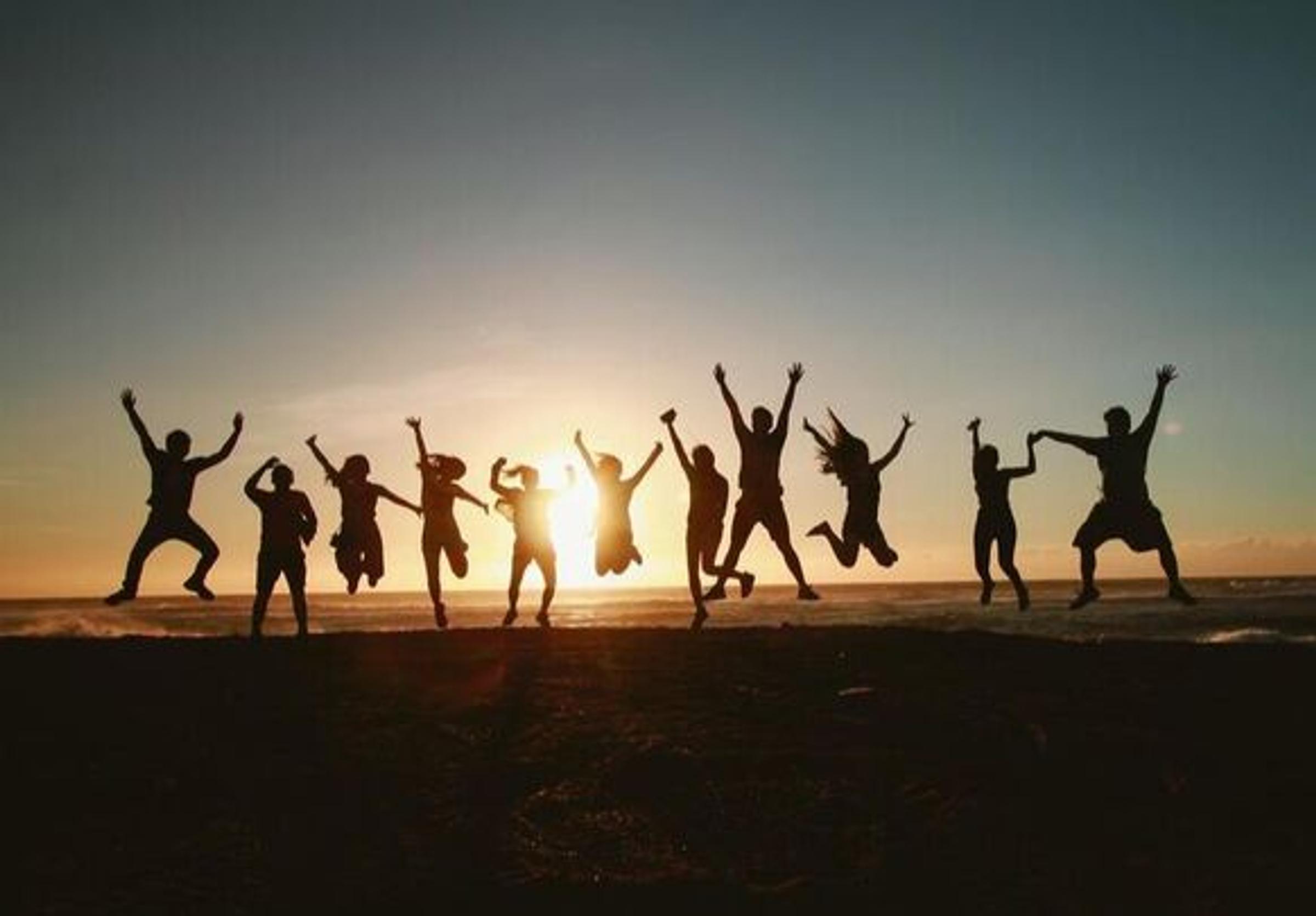Mental Health & Wellbeing Student/Parent Support
Articles, Videos & Resources

Mental Health & Wellbeing Student/Parent Support
Articles, Videos & Resources
Mindfulness
Mindfulness is noticing what is happening right now in the present moment. When children and young people notice what is happening around them, it can help them to calm down, especially if they are feeling sad, angry or frustrated. Mindfulness can help them deal with difficult emotions and can help them feel happy and feel good. A simple mindful breathing activity is a good place to start. Then try activities focussed on the senses (e.g., mindful eating and mindful walking). Introduce mindfulness exercises when things are calm and participants are in a good space. Mindfulness activities are a great way to connect as a family.
Gratitude
It is always important, especially In difficult times, to appreciate the things that we may take for granted – like having a place to live, food, clean water, friends, family, even access to technology. Gratitude is pausing to notice and appreciate these things, it’s taking a moment to reflect on how fortunate we are when something good happens — whether it’s a small thing or a big thing. Did you know that practising gratitude for 21 days in a row can re-train the brain to look for positives in the world instead of negatives? By simply being grateful, children and young people can experience a greater sense of optimism, happiness and calm.
Physical Activities
It is very important that children and young people engage in physical activity. Physical activity not only has physical benefits, but also benefits for mental health and wellbeing.
Some of the activities in this booklet (for example “mindful breathing” and “body scan”) can be done every day by your children or young people and are good examples of activities, that the whole family does together each morning or evening.
Each activity in this book is designed to take between 5 and 15 minutes (but some can be done for longer if you wish).
A suggested weekly wellbeing routine is included at the end of this book – but this is just a guide to help children and young people or families or teachers think about what routine would work best.


Feeling safe and supported is the right of everyone in the school community. The resources available on the Student Wellbeing Hub help to create learning communities that promote student wellbeing and the development of respectful relationships. The Hub is underpinned by the Australian Student Wellbeing Framework, which highlights the importance of educators, parents and students working together. We can make a difference, starting now.
https://studentwellbeinghub.edu.au/
When you are going through a hard time, it’s natural to want to try and solve everything on your own. The idea of talking to someone about it can feel scary or embarrassing. You may not want to admit you need help, or you may be worried about what people will think of you.
You’re not alone, and it's okay to reach out for help. We all need help at different times. It doesn’t mean you are weak or have failed; in fact, being able to express how you’re feeling is a great skill to have. People who care about you want to understand what you’re going through and will want to help. Asking for support from a family member, friend, or anyone you trust is a great first step.

